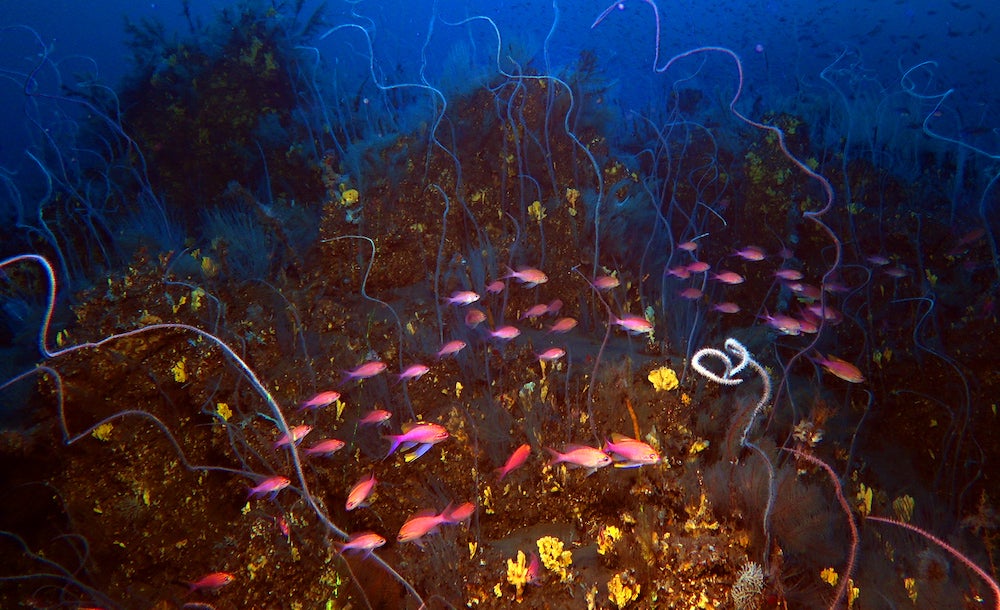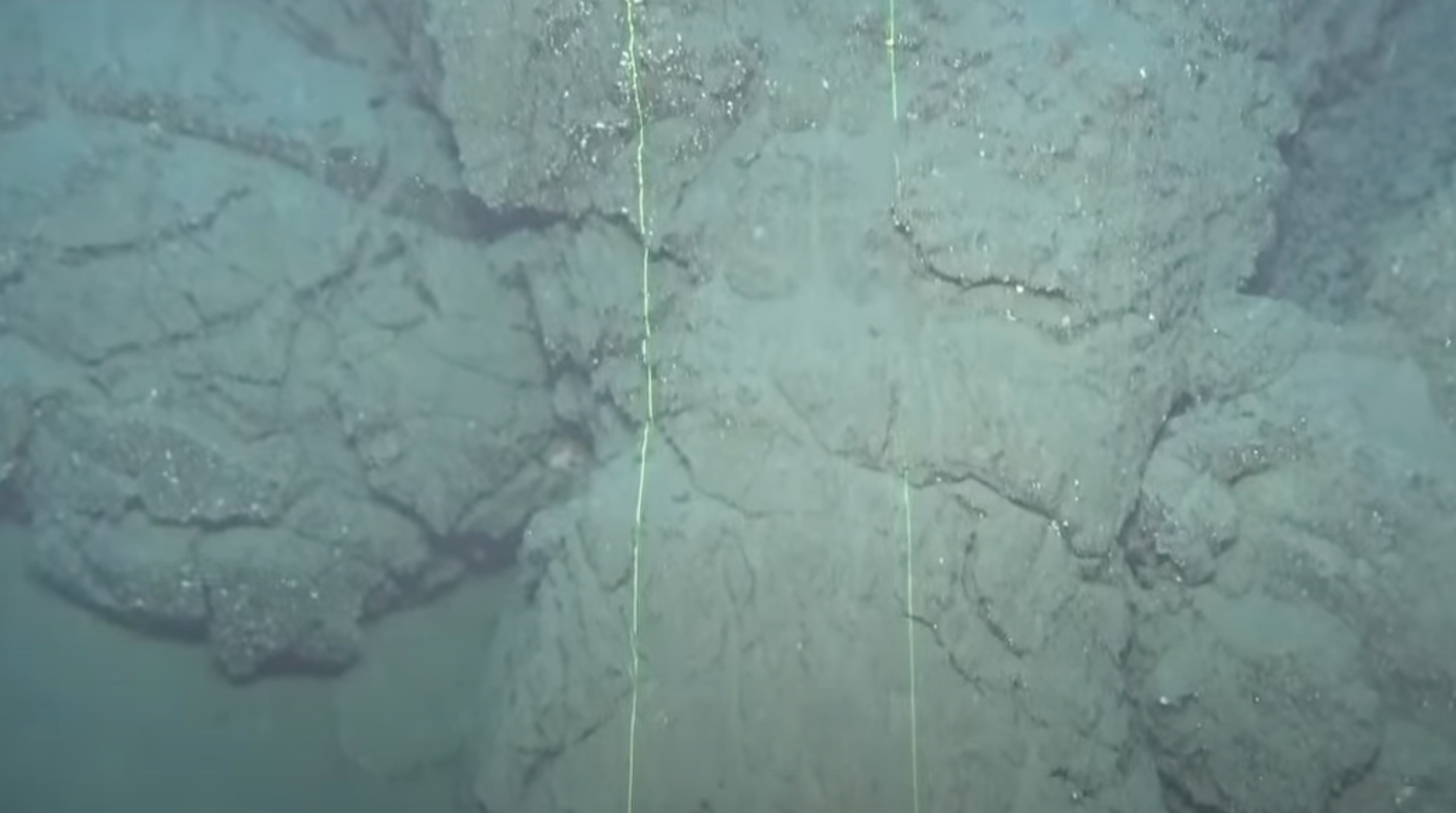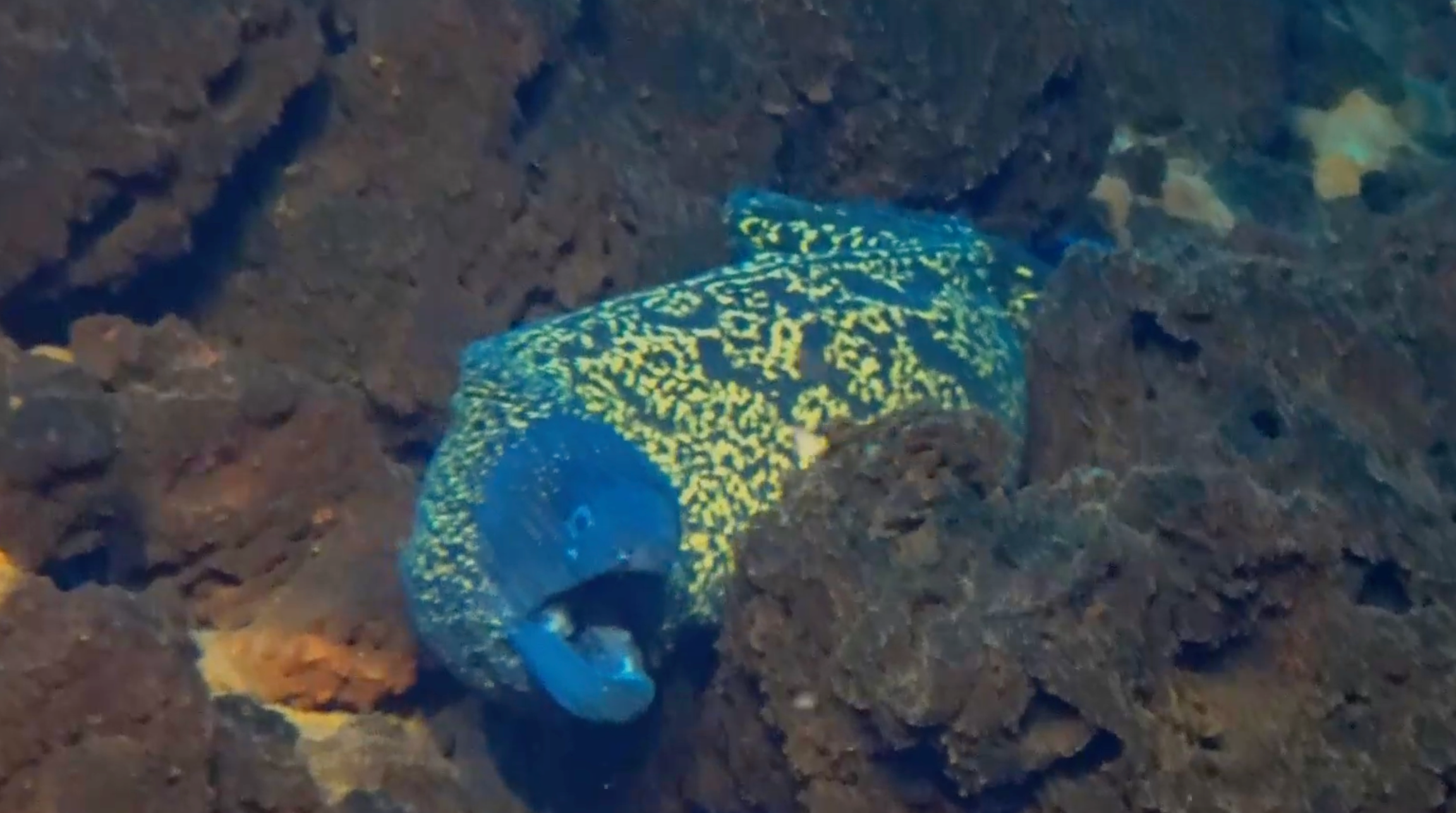Sunken mountain off Canary Islands coast might have inspired legend of Atlantis, scientists say
Researchers found coral gardens, sponges, and areas covered with ‘bacterial tapestries’
Your support helps us to tell the story
From reproductive rights to climate change to Big Tech, The Independent is on the ground when the story is developing. Whether it's investigating the financials of Elon Musk's pro-Trump PAC or producing our latest documentary, 'The A Word', which shines a light on the American women fighting for reproductive rights, we know how important it is to parse out the facts from the messaging.
At such a critical moment in US history, we need reporters on the ground. Your donation allows us to keep sending journalists to speak to both sides of the story.
The Independent is trusted by Americans across the entire political spectrum. And unlike many other quality news outlets, we choose not to lock Americans out of our reporting and analysis with paywalls. We believe quality journalism should be available to everyone, paid for by those who can afford it.
Your support makes all the difference.A vast submerged mountain that likely sank off the coast of modern-day Spain’s Canary Islands millions of years ago might have inspired the legend of Atlantis, scientists say.
The seamount, dubbed Mount Los Atlantes, has three inactive volcanoes each about 50km (30 miles) in diametre with their bases over 2km under the ocean surface, according to researchers from Spain’s Geological and Mining Institute (CSIC).
These volcanoes were once part of a system of islands located east of Lanzarote – off the coast of West Africa – during the Eocene era between 56 and 34 million years ago, CSIC said.
“They were islands in the past and they have sunk, they are still sinking, as the legend of Atlantis tells. Some of us have been able to verify that they still maintain their beaches,” geologist and project coordinator Luis Somoza said.
“This could be the origin of the Atlantis legend,” Dr Somoza told Live Science, referring to the fictional island off the Strait of Gibraltar mentioned in Plato’s works.

In the new research, a team of geologists aboard the Sarmiento de Gamboa, an oceanographic vessel of the CSIC, used an advanced remotely operated vehicle (ROV) to survey the waters at depths close to about 2.5km for a better understanding of the region’s volcanic activity.
The ROV had 5K ultra-resolution cameras and robotic arms for sampling the seabed as well as gas sensors to look for signs of carbon dioxide and methane in the water.
Researchers assessed the state of the seabed around the archipelago from 27 June to 6 August, looking for signs of magma and underwater volcanic activity that may pose risks to Spain’s population in the future.
They also assessed the formation of underwater minerals in such extreme conditions as well as the water’s levels of microorganisms promoting the formation of metals like manganese, cobalt, and phosphates, which are important for energy transition.
Some of the volcanoes in the underwater region may be more modern than previously thought, and could be the submarine equivalents of Spain’s Timanfaya volcano system, the study suggested.

Researchers say these underwater mountains could be considered ancestors of the current Canary Islands archipelago.
The recent underwater robotic survey reveals rich life on the sea floor with volcanic flows forming lava deltas.
Some of these lava channels could be as deep as 1.2km, scientists say, adding that the chambers form “impressive pipes” at great depths.

Researchers also found evidence of underwater life “being reborn” in the region after recent eruptions.
They found new coral gardens and sponges as well as areas covered with “bacterial tapestries” next to the underwater volcanoes.

Join our commenting forum
Join thought-provoking conversations, follow other Independent readers and see their replies
Comments